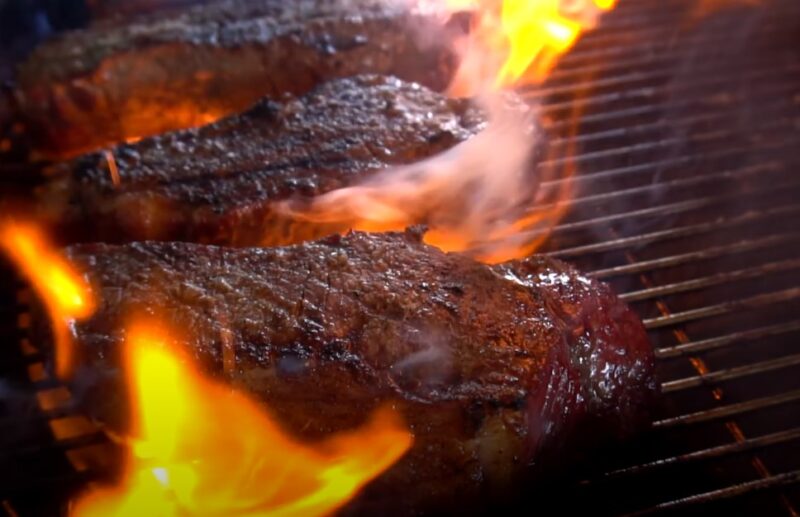Smoking meat is a culinary art that requires time, patience, and a good understanding of the techniques involved. It is a process that involves infusing meat with a unique, smoky flavor, resulting in tender, juicy cuts that are highly satisfying. To smoke meat at home, you will need a few essential tools and ingredients, including a smoker or grill, marinades, brines, rubs, wood for smoking, and a drip pan or broiler oven pan. The type of wood you choose will depend on the type of meat you are smoking, as different woods offer distinct flavors.
When using a charcoal grill, creating a 2-zone setup is crucial. This means placing coals on one side for direct heat and leaving the other side for indirect heat. For a gas grill, the process is similar, with the burners turned on one side and the meat placed on the opposite side to achieve indirect heat. Preheating the smoker or grill, adding wood to the coals, and maintaining a stable temperature throughout the smoking process are key steps to ensure optimal results. Wrapping the meat in aluminum foil halfway through cooking can help retain moisture, resulting in even more succulent meat.
Key Takeaways:
- Smoking meat requires time, patience, and a good understanding of the techniques involved.
- Essential tools and ingredients include a smoker or grill, marinades, brines, rubs, wood for smoking, and a drip pan.
- The type of wood chosen for smoking will impact the flavor of the meat.
- Creating a 2-zone setup is important for both charcoal and gas grills.
- Preheating the smoker or grill, maintaining a stable temperature, and wrapping the meat in aluminum foil can help achieve optimal results.
Why Smoke Meat?
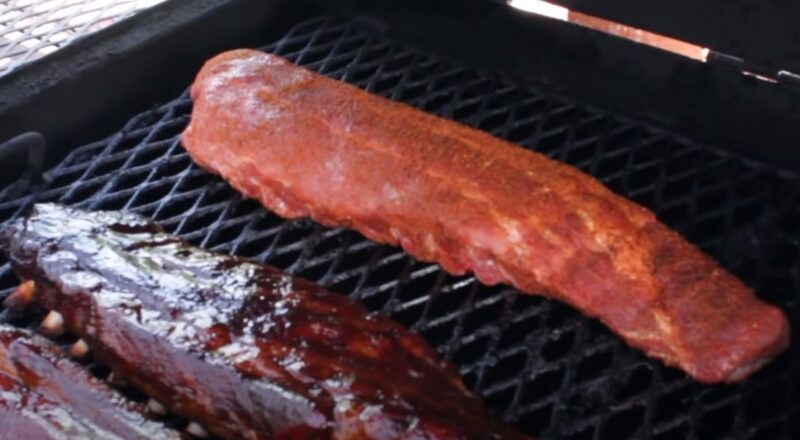
Smoking meat is not just a cooking method; it is a way of infusing deep, smoky flavors into your favorite cuts of meat. Whether you prefer the rich taste of barbecue or the savory notes of slow-cooked meat, smoking meat adds a unique touch that elevates the flavor profile to a whole new level.
When you smoke meat, the wood imparts its distinct flavor into the meat, creating a delicious smokiness that is hard to replicate with other cooking techniques. From hickory and mesquite to applewood and cherry, each type of wood offers its own unique aroma and taste, allowing you to customize your culinary creations.
Not only does smoking meat enhance the flavor, but it also tenderizes the meat, resulting in juicy and succulent cuts that practically melt in your mouth. The slow and low cooking process breaks down tough fibers and connective tissues, resulting in meat that is not only flavorful but also incredibly tender.
Mastering the Art of Smoking Meat
- Choose the right cut of meat: Some cuts are better suited for smoking than others. For tender and juicy results, opt for cuts like pork shoulder, beef brisket, or chicken thighs.
- Patience is key: Smoking meat takes time. The slow cooking process can range anywhere from a few hours to an entire day, depending on the cut of meat and the desired level of tenderness.
- Temperature control: Maintaining a consistent temperature is crucial for achieving the perfect smoke. Invest in a reliable meat thermometer to monitor the internal temperature and make adjustments as needed.
- Experiment with rubs and marinades: Before smoking your meat, consider applying a flavorful rub or marinade to enhance the taste. Whether it’s a sweet and tangy barbecue sauce or a spicy dry rub, these additions can take your smoked meat to a whole new level.
So, if you’re ready to take your meat to the next level, grab your smoker, choose your favorite wood, and let the delicious aroma of smoked meat fill the air. Get ready to impress your friends and family with tender, flavorful, and unforgettable dishes!
| Type of Meat | Recommended Wood |
|---|---|
| Pork | Hickory, Applewood |
| Beef | Mesquite, Oak |
| Chicken | Cherry, Pecan |
Choosing the Right Meat
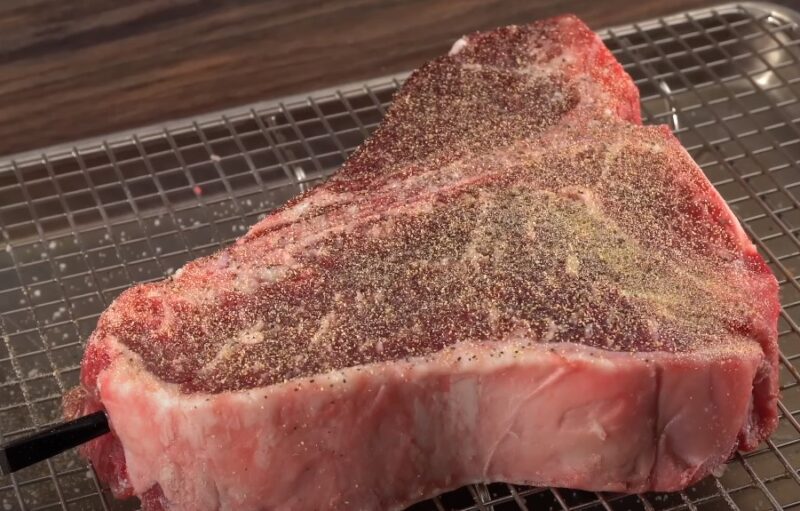
The key to a successful smoke meat endeavor starts by selecting the best cuts of meat that are suited for the smoking process. Different cuts of meat have different fat content, connective tissue, and flavors, which affect how they react to the smoking process. Here are some popular choices:
- Pork Shoulder: Also known as pork butt, this cut is well-marbled and has a rich flavor. It is perfect for slow smoking and is commonly used to make pulled pork.
- Brisket: This cut comes from the chest of the cow and is known for its tough, fatty nature. Smoking brisket low and slow breaks down the collagen, resulting in tender, flavorful meat.
- Ribs: Whether it’s baby back ribs or spare ribs, smoking ribs is a favorite among BBQ enthusiasts. The slow smoking process renders the fat and creates tender, finger-licking ribs.
- Chicken: Smoking chicken imparts a smoky flavor and keeps the meat moist. Chicken breasts, thighs, and whole chickens are all great options for smoking.
- Salmon: Fish can also be smoked to perfection. Salmon is a popular choice due to its high fat content and delicate flavor.
When selecting meat for smoking, consider the size, quality, and freshness. Look for well-marbled cuts with a good fat cap, as the fat will help keep the meat moist during the smoking process. Also, make sure the meat is fresh and free from any unpleasant odors.
To help you select the perfect cuts of meat, here’s a table summarizing the best choices for smoking:
| Cut of Meat | Recommended Wood | Approximate Smoking Time |
|---|---|---|
| Pork Shoulder | Hickory | 10-12 hours |
| Brisket | Oak | 12-16 hours |
| Ribs | Apple | 5-6 hours |
| Chicken | Pecan | 2-3 hours |
| Salmon | Alder | 1-2 hours |
Remember, the smoking process is all about experimenting and finding the flavors that suit your taste buds. So, don’t be afraid to try different cuts of meat and wood combinations to create your own unique smoked masterpieces.
The Art of Wood Selection
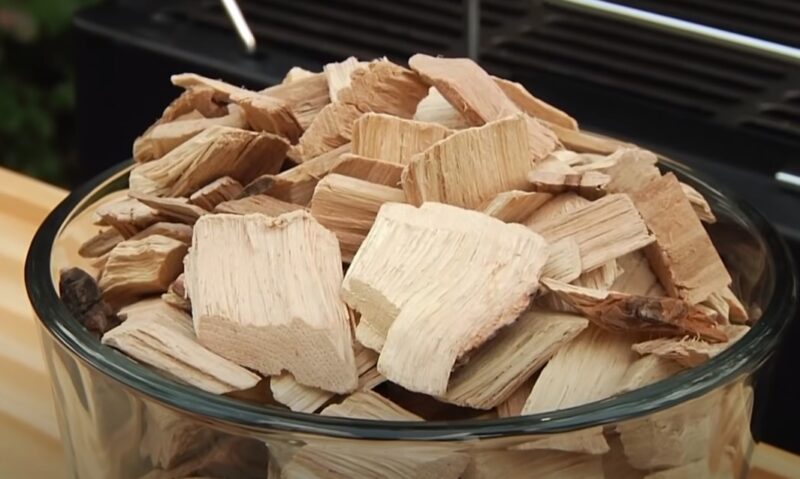
The type of wood you choose for smoking your meat plays a significant role in determining the flavor profile of the end result. Different woods have distinct flavors that can complement or overpower the meat, so it’s important to choose wisely. Below, I’ve compiled a table outlining some popular wood options and their respective flavors:
| Wood Type | Flavor Profile |
|---|---|
| Apple | Mild and fruity, with a hint of sweetness |
| Hickory | Strong and smoky, with a bacon-like aroma |
| Mesquite | Intense and earthy, with a bold, tangy flavor |
| Cherry | Sweet and fruity, with a subtle tartness |
| Pecan | Rich and nutty, with a slightly sweet essence |
While the above woods are popular choices, it’s worth experimenting with different combinations to find your preferred flavor profile. Remember, the size and form of the wood also affect the intensity of the smoke, with chips providing a quicker and more intense smoke compared to chunks or pellets.
If you’re smoking larger cuts of meat, like brisket or whole chickens, it’s essential to use a wood that can provide a long, slow burn. Woods like oak and maple are ideal for these purposes, as they burn more slowly and impart a milder, well-rounded flavor.
Using Wood Chips or Chunks
If you’re using a meat smoker, you’ll generally need to use wood chips or chunks. Soak the chips or chunks in water for about 30 minutes before adding them to the smoker. This moisture helps generate more smoke and prolongs the burning time. Keep in mind that you’ll need to replenish the wood chips or chunks periodically throughout the smoking process to maintain a steady flow of smoke.
Remember, the flavor of the wood should enhance the natural taste of the meat, so it’s best to avoid overpowering or artificial flavors. With a little experimentation and an understanding of the different types of wood, you’ll soon become a master at creating delicious, smoky dishes that will impress your friends and family.
Tools of the Trade: Smokers and Grills
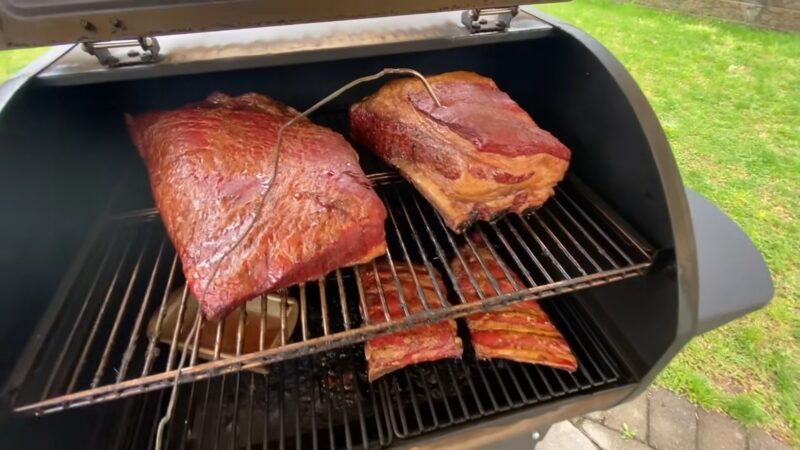
In order to smoke meat to perfection, having the right equipment is essential. There are various types of smokers and grills available on the market, each with its own advantages and unique features. Whether you prefer a traditional charcoal smoker or a modern electric smoker, finding the right tool can greatly enhance your smoking experience.
Charcoal Smokers: These classic smokers use charcoal as the fuel source and provide a rich, smoky flavor to the meat. They require hands-on temperature control and constant monitoring, making them perfect for those who enjoy the art of smoking meat. Charcoal smokers come in different sizes and styles, from traditional barrel smokers to vertical water smokers.
Electric Smokers: Electric smokers are a convenient option for beginners or those who prefer a set-it-and-forget-it approach. They are easy to use and allow for precise temperature control. Most electric smokers are equipped with digital controls, making it simple to adjust the temperature and cooking time. They are also a great choice for indoor smoking, as they do not produce much smoke or require ventilation.
| Pros | Cons |
|---|---|
| Produces rich, smoky flavor | Requires hands-on temperature control |
| Allows for precise temperature control | May require more time and effort |
| Great for outdoor smoking | Can be bulky and take up space |
Once you have chosen the right smoker, it’s time to consider the grill options for smoking meat. While smokers are specifically designed for slow cooking and smoking, grills can also be used to achieve delicious smoky flavors. Charcoal grills and gas grills can both be used for smoking, with some modifications.
- Charcoal Grills: To smoke meat on a charcoal grill, you will need to create a 2-zone setup. On one side, place the charcoal for direct heat, and on the other side, place the meat for indirect heat. This setup allows for better temperature control and prevents the meat from cooking too quickly.
- Gas Grills: Smoking meat on a gas grill is similar to a charcoal grill, but with a few adjustments. Turn on the burners on one side and place the meat on the opposite side for indirect heat. You can also use a smoker box or aluminum foil packet filled with wood chips to add extra smoky flavor.
Whichever smoker or grill you choose, the smoking process remains consistent. Preheat the smoker or grill to the desired temperature, add wood chips or chunks to create smoke, and maintain a stable temperature throughout the cooking process. Remember to allow the meat to rest after smoking to ensure maximum flavor and juiciness. With the right equipment and a little practice, you’ll be able to smoke meat like a pro and enjoy delicious, smoky flavors in the comfort of your own backyard.
Preparing Your Meat for the Smoke
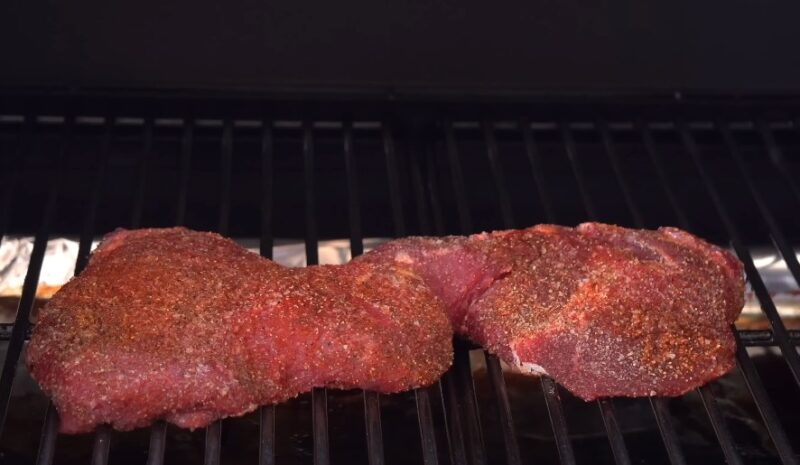
Before the meat can embrace the smoky goodness, it needs a little tender loving care in the form of marinades, brines, or rubs. These preparations not only infuse the meat with flavor but also help to tenderize it, ensuring a moist and delicious end result.
Marinades are a popular choice when it comes to preparing meat for smoking. Made with a combination of oil, acid (such as citrus juice or vinegar), and spices, marinades penetrate the meat, adding flavor and tenderness. Simply place your meat in a resealable bag, pour the marinade over it, and let it marinate in the refrigerator for several hours or overnight. The longer the meat marinates, the more pronounced the flavor will be.
| Type of Preparation | Ingredients |
|---|---|
| Marinade | Oil, acid (citrus juice or vinegar), spices |
| Brine | Water, salt, sugar, aromatics (herbs, spices, garlic) |
| Rub | Spices, herbs, salt, pepper, sugar |
Brines are another fantastic option for adding flavor and moisture to your meat. A brine is a mixture of water, salt, sugar, and aromatics like herbs, spices, and garlic. The meat is soaked in the brine solution for several hours, allowing it to absorb the flavors and retain its juiciness during the smoking process. Brining is particularly beneficial for lean cuts of meat, such as poultry, as it helps to prevent them from drying out.
If you’re looking for a simpler yet equally effective way to prepare your meat, a dry rub is the way to go. A rub is a combination of spices, herbs, salt, pepper, and sometimes sugar. Simply massage the rub into the meat, covering it generously on all sides, and let it sit for at least 30 minutes before smoking. The rub forms a flavorful crust on the meat, adding depth of flavor and enhancing the natural juices.
Recommended Rub Recipe:
Ingredients:
- 2 tablespoons paprika
- 1 tablespoon brown sugar
- 1 tablespoon chili powder
- 1 tablespoon garlic powder
- 1 tablespoon onion powder
- 1 teaspoon salt
- 1 teaspoon black pepper
Instructions:
- In a small bowl, combine all the ingredients.
- Generously rub the mixture onto the meat, ensuring all sides are coated.
- Let the meat sit for at least 30 minutes before smoking.
Whether you choose to marinade, brine, or use a rub, taking the time to prepare your meat before smoking will result in mouthwatering, flavorful meat that will have everyone coming back for seconds. So, roll up your sleeves, gather your ingredients, and get ready to embark on a culinary journey filled with smoky deliciousness!
Mastering the Smoking Process
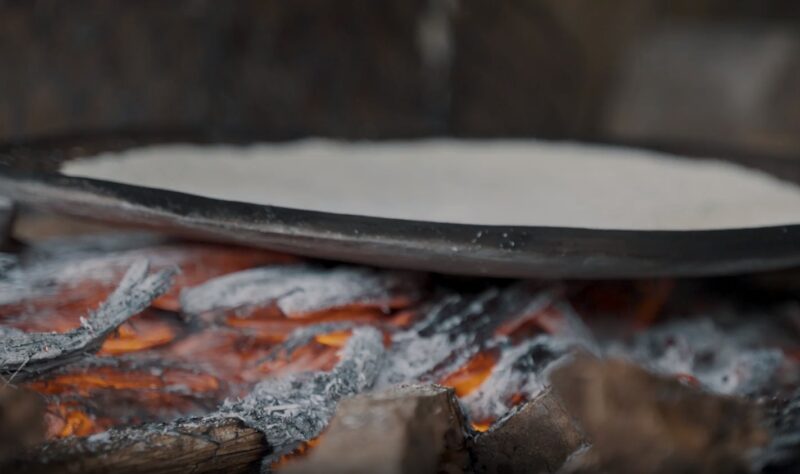
Now that you have your meat prepped and your smoker ready, let’s dive into the art of the smoking process itself. Smoking meat is a labor of love that requires patience and attention to detail, but the rewards are well worth it. Whether you’re a beginner or a seasoned pitmaster, following these steps will help you achieve perfectly smoked meat every time.
Step 1: Preheat and Prepare
Start by preheating your smoker or grill to the desired temperature. This can vary depending on the type of meat you are smoking, so refer to your recipe or smoking guide for specific instructions. While the smoker is heating up, add your choice of wood to the coals or wood chips to the smoking box, ensuring a steady supply of smoke throughout the cooking process.
Step 2: Maintain Temperature
Temperature control is crucial when smoking meat. Aim to maintain a steady temperature throughout the cooking process, typically between 225°F and 250°F (107°C and 121°C). This can be done by adjusting the vents on your smoker or controlling the burner on a gas grill. Use a reliable meat thermometer to monitor the internal temperature of the meat and make any necessary adjustments to the heat source.
Step 3: Monitor Cooking Times
Each type of meat will have its own recommended cooking time, so be sure to follow the recipe or smoking guide closely. As the meat cooks, resist the temptation to constantly check on it, as this can cause temperature fluctuations and extend cooking times. Instead, trust the process and resist the urge to peek until it’s time to check for doneness. Remember, patience is key when it comes to smoking meat!
By following these steps and experimenting with different flavors and techniques, you’ll soon become a master of smoking meat. The unique smoky flavor and tender, juicy results will make all your efforts worthwhile. So fire up that smoker, gather your favorite meats, and get ready to experience the art of smoking meat like never before.
Achieving Perfect Smoke: Tips and Techniques
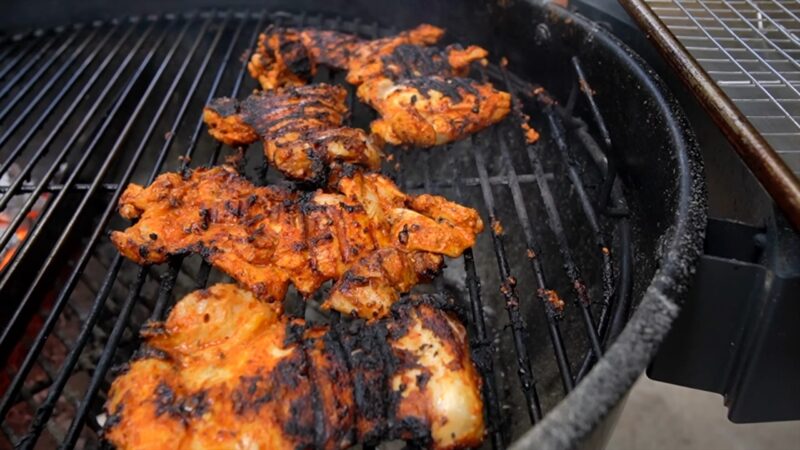
There’s an art to achieving the perfect smoke, and we’re going to share some valuable tips and techniques to help you master it. Whether you’re a seasoned BBQ enthusiast or a novice looking to try your hand at smoking meat, these tips will help you elevate your smoking game and impress your friends and family with mouthwatering results.
1. Choose the Right Wood
When it comes to smoking meat, the type of wood you use can make a significant difference in the flavor profile of your finished product. Different woods impart distinct flavors, ranging from mild and sweet to strong and bold. For example, fruit woods like apple or cherry lend a subtle sweetness to the meat, while hickory and mesquite offer a strong, smoky flavor.
To help you choose the right wood for the meat you’re smoking, here’s a handy guide:
| Wood Type | Best Meat Pairings |
|---|---|
| Apple | Poultry, pork, fish |
| Hickory | Pork, beef, poultry |
| Mesquite | Beef, game meats |
| Maple | Poultry, ham, vegetables |
2. Control the Temperature
Achieving and maintaining the right temperature is crucial for successful smoking. Most meats require a low and slow cooking process at around 225-250°F (107-121°C) to achieve tender, juicy results. Investing in a good quality meat thermometer is essential to ensure accurate temperature monitoring.
Additionally, remember that the temperature inside the smoker can vary, with hot spots and cooler areas. To prevent uneven cooking, rotate and rearrange the meat throughout the smoking process.
3. Use Foil for Moisture Retention
One technique to retain moisture in your smoked meat is to wrap it in aluminum foil halfway through the cooking process. This method, also known as the Texas crutch, helps prevent the meat from drying out while still allowing it to absorb the smoky flavors. Additionally, you can add a liquid, such as apple juice or beer, to the foil packet to further enhance the moisture and flavor.
Remember to use heavy-duty foil to prevent any leaks or tears during the cooking process.
By following these tips and techniques, you’ll be well on your way to achieving the perfect smoke and enjoying delectable smoked meat that will leave your taste buds wanting more. Remember, experimentation is key, so don’t be afraid to try different wood flavors and cooking methods to find your own signature style.
Adding Flavor and Moisture
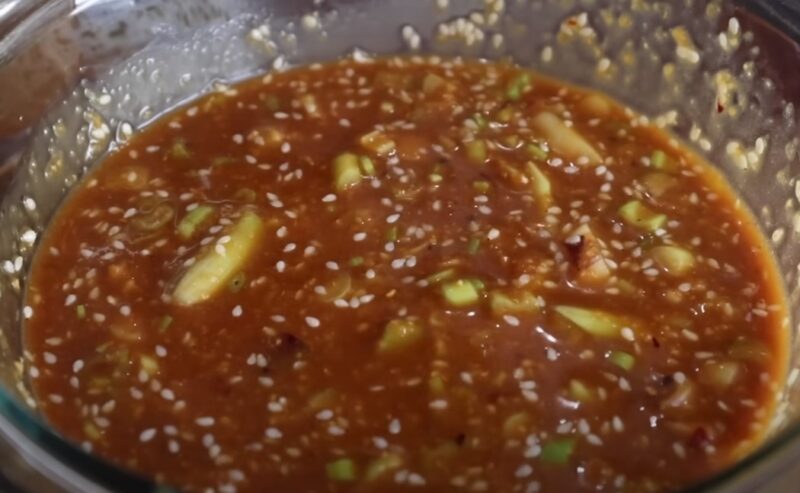
A little extra flavor and moisture can elevate your smoked meat to new heights, and we’re here to show you how. When it comes to smoking meat, there are several techniques you can use to infuse delicious flavors and ensure juicy, tender results.
Marinades and Brines: One of the most effective ways to add flavor and moisture to your meat is by marinating or brining it before smoking. Marinades are a mixture of oil, acid (such as vinegar or citrus juice), herbs, and spices, while brines are a combination of salt, sugar, and water. Both methods work by penetrating the meat, enhancing its flavor, and keeping it moist during the smoking process. For best results, allow your meat to marinate or brine for several hours or overnight.
Dry Rubs: Another way to add flavor to your smoked meat is by using dry rubs. These are mixtures of herbs, spices, and other seasonings that are applied directly to the meat before smoking. Dry rubs not only add flavor but also create a delicious crust on the meat’s surface, enhancing both taste and texture. Experiment with different combinations of seasonings to find your perfect blend.
Wrapping in Foil: If you want to ensure maximum moisture retention in your smoked meat, consider wrapping it in aluminum foil halfway through the cooking process. This technique, known as the “Texas crutch,” helps to trap steam and keeps the meat moist and tender. However, be cautious not to wrap the meat too soon, as you may miss out on the desired smoky flavor that develops during the initial stages of smoking.
By incorporating these flavor and moisture-enhancing techniques into your smoking process, you’ll be able to create mouthwatering, succulent smoked meat that will impress your family and friends. Remember to experiment with different combinations of marinades, rubs, and wrapping methods to find your own signature style and take your smoking game to the next level.
| Technique | Benefits |
|---|---|
| Marinades and Brines | Adds flavor and moisture to the meat, enhances tenderness |
| Dry Rubs | Creates a flavorful crust, enhances taste and texture |
| Wrapping in Foil | Retains maximum moisture, keeps the meat tender |
Safety and Temperature Considerations
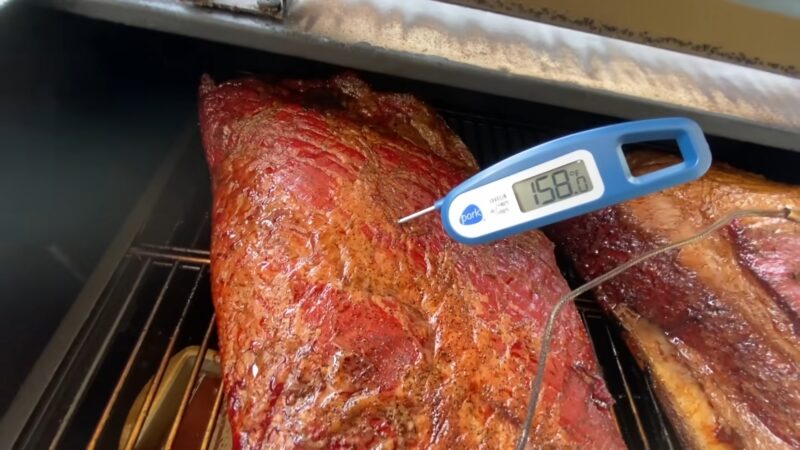
Alongside the art of smoking meat, it’s crucial to prioritize safety and ensure that your meat is cooked to perfection while avoiding any potential risks. Achieving the ideal temperature is key to both the flavor and safety of your smoked meat. When smoking meat, it’s important to maintain a consistent temperature range between 225°F and 250°F (107°C and 121°C) throughout the entire cooking process. This low and slow method allows the meat to develop a rich smoky flavor and become tender and juicy.
It’s essential to use a reliable meat thermometer to monitor the internal temperature of the meat. Different types of meat have different recommended internal temperatures for safe consumption. For example, poultry should reach an internal temperature of at least 165°F (74°C), while pork and beef should reach 145°F (63°C) and 160°F (71°C) respectively.
To ensure even cooking, avoid opening the smoker or grill too frequently as it can cause heat loss and disrupt the cooking process. Additionally, always be cautious when handling hot surfaces or equipment, using heat-resistant gloves or tools to protect yourself from burns. Remember to keep a safe distance from the smoker or grill and never leave it unattended.
| Safe Internal Temperatures for Smoking Meat | |
|---|---|
| Poultry (chicken, turkey) | 165°F (74°C) |
| Pork (including ribs, shoulder, and tenderloin) | 145°F (63°C) |
| Beef (including steaks, brisket, and roasts) | 160°F (71°C) |
Smoking Meat Safety Tips:
- Always maintain a clean and sanitary cooking environment, washing your hands before and after handling raw meat.
- Store raw and cooked meat separately to prevent cross-contamination.
- Marinate meat in the refrigerator, never at room temperature.
- Discard any leftover marinade that has come into contact with raw meat.
- Use a drip pan or pan from a broiler oven to catch any drippings and prevent flare-ups.
- Check your smoker or grill regularly for any signs of damage or malfunction.
“Safety is paramount when it comes to smoking meat. Always follow proper food handling practices and monitor the internal temperature of the meat to avoid any potential health risks.”
The Joy of Smoked Meat Recipes
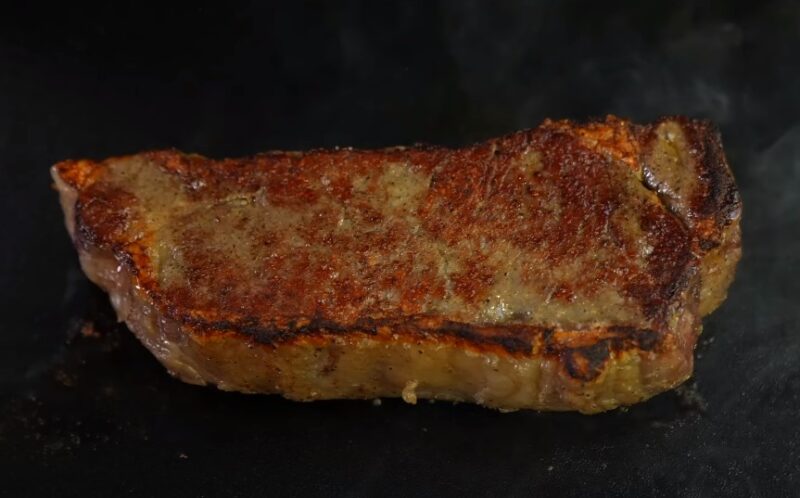
To truly master the art of smoking meat, you need to try your hand at some delicious recipes that showcase the versatility and flavor of this cooking method. Whether you’re a fan of classic BBQ favorites or prefer to experiment with unique flavor combinations, the possibilities are endless when it comes to smoking meat. From succulent ribs and tender brisket to mouthwatering pulled pork and juicy chicken, there’s a smoked meat recipe out there to satisfy every palate.
One popular recipe for smoked meat is the classic smoked brisket. This melt-in-your-mouth dish requires a slow and low cooking method to achieve maximum tenderness. Seasoned with a flavorful dry rub and smoked with hickory or mesquite wood, the result is a mouthwatering, perfectly smoked brisket that will impress your family and friends.
If you’re a fan of savory and spicy flavors, smoked jalapeno poppers are a must-try. These bite-sized appetizers are filled with cream cheese, wrapped in bacon, and smoked until the bacon is crispy and the cheese is melted. The smoky flavor from the grill adds an extra dimension of flavor to this crowd-pleasing snack.
Smoked Meat Recipes
| Recipe | Ingredients | Instructions |
|---|---|---|
| Smoked Brisket |
|
|
| Smoked Jalapeno Poppers |
|
|
These are just a few examples of the countless smoked meat recipes you can try at home. Whether you’re hosting a backyard BBQ or simply want to elevate your weeknight dinner, smoking meat is a delicious and rewarding cooking technique that will take your culinary skills to new heights. So fire up the smoker, grab your favorite cuts of meat, and get ready to experience the joy of smoked meat recipes!
FAQ
What equipment do I need to smoke meat at home?
To smoke meat at home, you will need a smoker, marinade, brine, or rub, a drip pan or pan from a broiler oven, wood (pellets, chunks, or chips), and a chimney starter.
What type of wood should I use for smoking meat?
The type of wood you choose will depend on the type of meat you are smoking. Different woods impart different flavors, so it’s important to select the wood that pairs well with your chosen meat.
Can I smoke meat using a charcoal grill?
Yes, you can smoke meat using a charcoal grill. You will need to create a 2-zone setup, with the coals on one side for direct heat and the other side for indirect heat.
Can I smoke meat using a gas grill?
Yes, you can smoke meat using a gas grill. You will need to turn on the burners on one side and place the meat on the opposite side to create indirect heat.
How long should I smoke meat for?
The recommended cooking time will vary depending on the type of meat you are smoking. It’s important to refer to a specific recipe or smoking guide for the appropriate cooking time.
Bottom Line
Embarking on the art of smoking meat is a rewarding culinary journey that marries patience and skill. To achieve the unique, smoky flavor in your dishes, you need the right tools: a smoker or grill, flavor-enhancing marinades or rubs, and a drip pan to catch drippings.
The choice of wood, be it pellets, chunks, or chips, is crucial as it imparts distinct flavors to your meat. The process requires preheating, adding wood for smoke, and maintaining a consistent temperature, ensuring the meat is cooked perfectly.
Explore this adventure, experimenting with various meats and flavors, and relish the delectable outcomes of your smoking endeavor.

